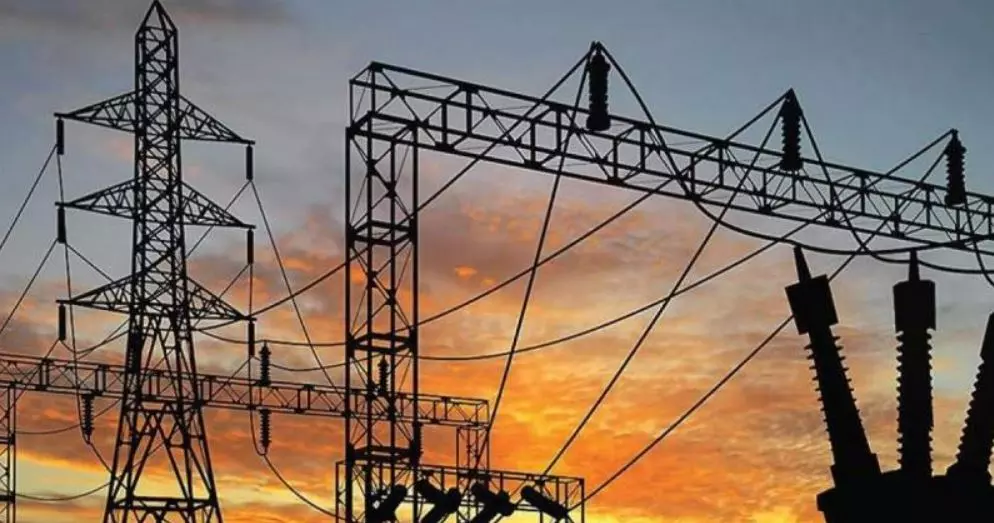India's power consumption to rise to 3k TWh by 2030
EV sales have seen a compounded annual growth rate of 133 per cent in the last three years

Chennai: Driven by electric vehicles and data centres, India’s power consumption could increase to 3,000 TWh by 2030, growing at a healthy pace of nearly 10 per cent.
The power sector in India has witnessed a major turnaround post-Covid, with power consumption growing at an annualized rate of nearly 10 per cent from FY21 to FY24 which is expected to continue till 2030, finds OmniScience Capital.
With nearly 4 million Electric Vehicles (EVs) sold in India cumulatively by March 2024, India’s EV market is in the midst of an explosive growth phase. EV sales have seen a compounded annual growth rate of 133 per cent in the last three years.
“Electric Vehicles will dominate Indian roads by 2030 as the government targets 30 per cent EV penetration on Indian roads by 2030. There are numerous government programs and subsidies, such FAME and PLI in place to encourage the use of EVs in India. With an anticipated total power consumption of approximately 100 TWh by 2030, EVs have the potential to rank among the nation's single largest power consumers,” said Vikas Gupta, smallcase Manager and CEO at OmniScience Capital.
Similarly, the data centre market in India is expected to grow exponentially as Data Protection and localization is prioritized. The expected power consumption of over 100 TWh by 2030 would make data centres one of the largest power consumers. India is expected to become the largest mobile data usage market by 2029. Consequently, the need for data centres is expected to witness an exponential increase in the coming decade, driven by the country’s huge digital infrastructure.
Further, India’s domestic and industrial power consumption will also see a boost through multiple multi-decadal infrastructure plans such as the National Infrastructure Pipeline(NIP) which foresees $1.8 trillion investment outlays in India, and the National Logistics Policy (NLP) which aims to provide a seamless and more efficient logistics network in the country.
“Companies in the Indian power sector ecosystem have witnessed robust revenue growth and growing RoE (Return-on-Equity) in the past 5-6 years, driven by a clean-up of stressed power assets, higher capacity utilisation, and multi-decadal infrastructure policies aimed at doubling India’s installed capacity by 2030”, added Vikas Gupta.
According to government estimates, power production capacity is set to go up to 900 GW by 2030. Shailendra Dubey, chairman of AIPEF finds that the production capacity will be able to meet the demand, even if the solar capacity is excluded.

